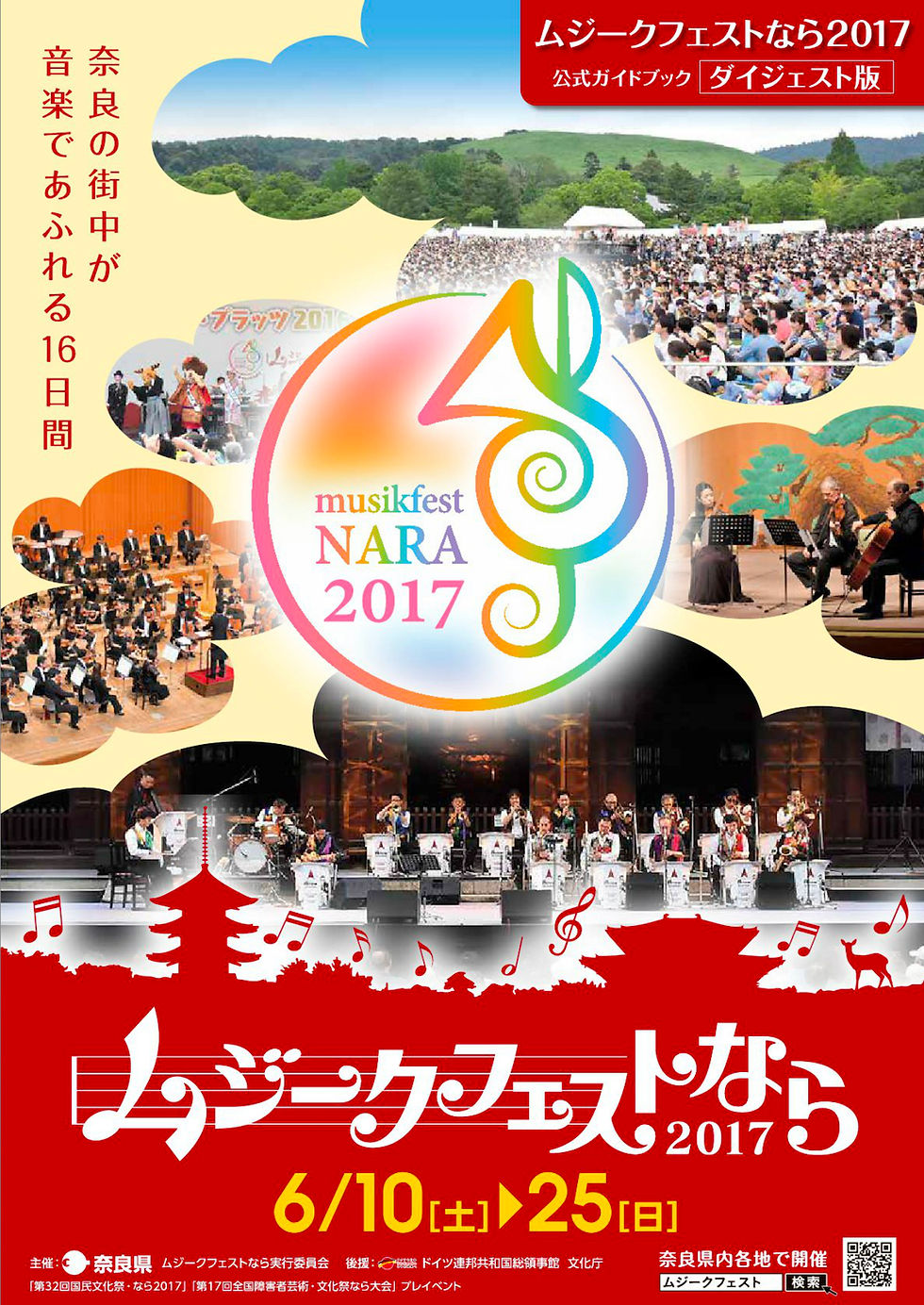Sacred Water Drawing Ceremony at Todaiji's Nigatsudo
- Lee Walton

- Feb 19, 2017
- 2 min read
March 1st - 14th

Todaiji's Nigatsudo, or February Hall, was originally built in the 8th century on the instructions of the priest Jitchu, but was burnt down in 1667 during the Omizutori ceremony. After the hall's reconstruction in 1669, and regardless of this setback, Omizutori, or "sacred water drawing", has remained one of the most anticipated and popular of all of Nara’s early spring events to this day.
First observed in 752, Omizutori was originally held in the second month of the lunar calendar, the fact which lends Nigatsudo its name. Apart from the one mishap, the present form of the ceremony has been held every year since 1260. Omizutori is the final rite in the 2 week long Buddhist Shuni-e cleansing ceremony, which is held from March 1st through March 14th every year to cleanse people of their sins. According to legend, the founder of the Shuni-e, the priest Jitchu, watched a group of gods performing a cleansing rite while he was on a trip through the mountains of Kasagi to the north of Nara. Greatly moved by the ceremony, Jitchu vowed to bring the practice to the human world, and he invited a great number of gods to attend his inaugural event.
The story says that Onyu-Myojin, the god of the Onyu River, in Obama on the Sea of Japan Coast, was late to the event. As an apology for his tardiness he offered scented water to be used in the ceremony and a spring welled into being on the spot where he stood. A well now stands on this spot in front of Nigatsu-do Hall. Legend says that the well at Nigatsu-do is connected to a well at Jinguji Temple in Obama City, and to facilitate the Omizutori the monks at Jiguji conduct the Omizu-okuri, or water sending ceremony, on March 2nd. The monks draw water from the Onyu River, present it to the principal idol of Jinguji and then pour it down the temple’s well to make the 10 day journey to Nara. Once it is drawn from the well at Nigatsu-do it is offered to Juichimen-Kannon, the principal deity, and then stored in a pot that has been used to hold the water since the inception of the ceremony.
The most spectacular event of the Omizutori is the dance of the taimatsu pine bough torches. At 7 o’clock on every night of the ceremony (6:30 on the final night), ten 6m long taimatsu are carried 2 at-a-time up to the balcony of Nigatsu-do by young monks and rolled, twirled, and danced around. This act purifies Nigatsu-do and the space around the well in advance of the Omizutori ritual, and spreads the blessings of the gods on those who come to view the festival. On the night of the 12th, the evening before the actual water drawing, eleven 8m long taimatsu torches are used and the ceremony lasts more than twice as long as it does on other nights. On the 14th and final night of the event, all 10 taimatsu torches are brought up to Nigatsu-do’s balcony at the same time producing the shortest lived, but most exciting spectacle of the whole ceremony.
Main photograph courtesy of ignis.












Comments